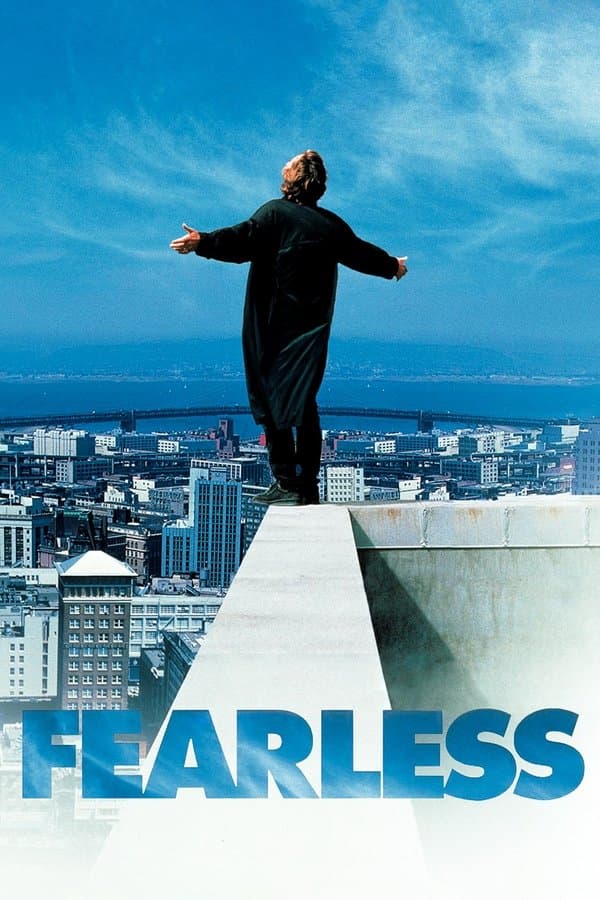
Fearless
1993 • Drama • R
After surviving a plane crash that kills many others, Max Klein develops a sense of invulnerability, leading to radical, compulsive actions. Can a psychologist and a fellow guilt-ridden survivor bring him down to earth?
Runtime: 2h 2m
Why you should read the novel
If you were captivated by Peter Weir’s 1993 film Fearless, consider diving into Rafael Yglesias's original novel. The book offers a richly nuanced perspective on survival and the complexities of human emotion, providing insight and depth that the cinematic adaptation only hints at. Exploring the source material allows readers to appreciate the subtleties and psychological layers behind each character’s transformation. For those seeking an immersive experience, reading the novel Fearless by Rafael Yglesias opens up profound questions about trauma, identity, and resilience. The narrative structure and detailed inner monologues let readers connect with Max Klein and other characters on a deeper level, making the story more relatable and intimate. By choosing the novel over the movie, you’ll experience the full scope of Yglesias’s vision—a story that artfully navigates grief and hope in a way that resonates long after the last page is turned. Discover why the original book remains a powerful exploration of the aftermath of disaster and how the human spirit strives to overcome insurmountable odds.
Adaptation differences
One of the main differences between Fearless (1993) and Rafael Yglesias’s novel lies in their approaches to psychological trauma. While the movie relies heavily on visual storytelling and Jeff Bridges’s haunting performance, the book delves deeper into the protagonist Max Klein’s internal struggles, providing greater detail about his thoughts and emotions. This inner narrative gives the reader a more comprehensive understanding of how trauma affects behavior and relationships, something the film condenses for cinematic effect. Another significant divergence is in the portrayal of supporting characters, especially Carla. The novel offers more backstory and nuanced development for her character, making her emotional journey more authentic and relatable. Subplots and secondary characters, often streamlined or omitted in the film, are expanded in the novel, adding layers to the themes of vulnerability and recovery. The relationships in the book gain more context and depth, which enhances the power of each interaction. Additionally, the novel and movie differ in how they convey resolution and healing. The film opts for a symbolic, visually striking conclusion, focusing on memorable scenes and metaphors. In contrast, the novel provides a more gradual, introspective path toward healing, emphasizing psychological realism and internal transformation. Readers looking for a richer exploration of post-traumatic growth will find the novel’s ending more satisfying and true-to-life. Finally, while the movie Fearless condenses the narrative for a two-hour runtime and cinematic pacing, Rafael Yglesias's book invites a slower, more contemplative engagement. The added details and subplots let readers explore the repercussions of trauma on multiple levels, making the novel a must-read for fans interested in the psychological and philosophical intricacies behind the story. Experience all these differences and more by picking up the original novel.
Fearless inspired from
Fearless
by Rafael Yglesias










